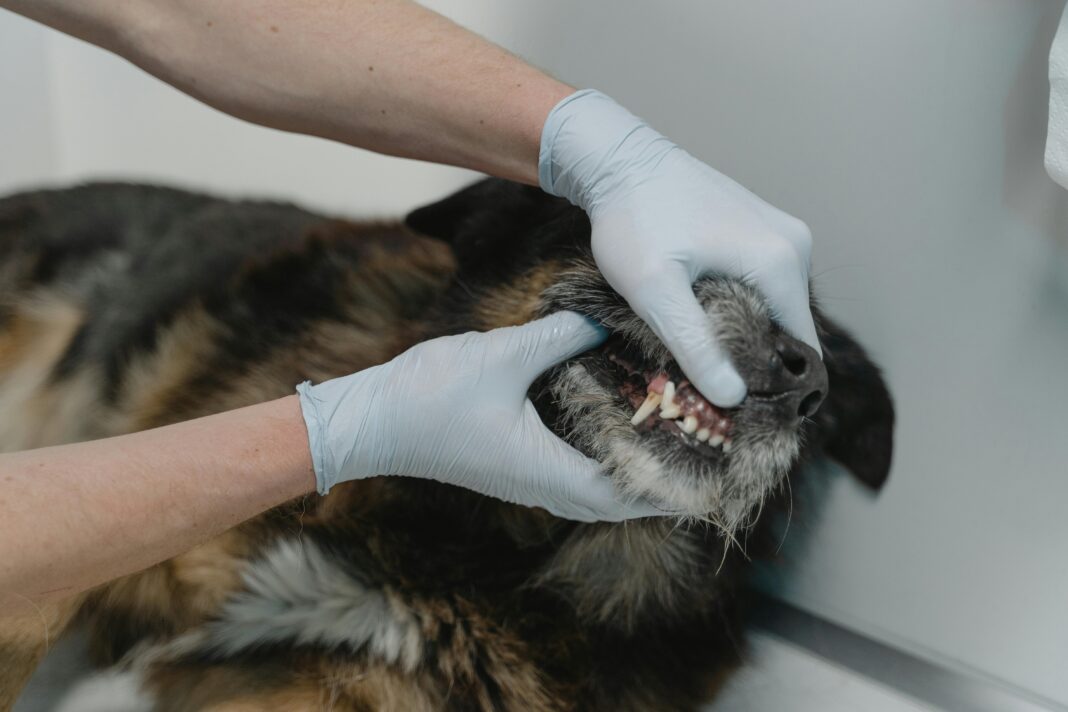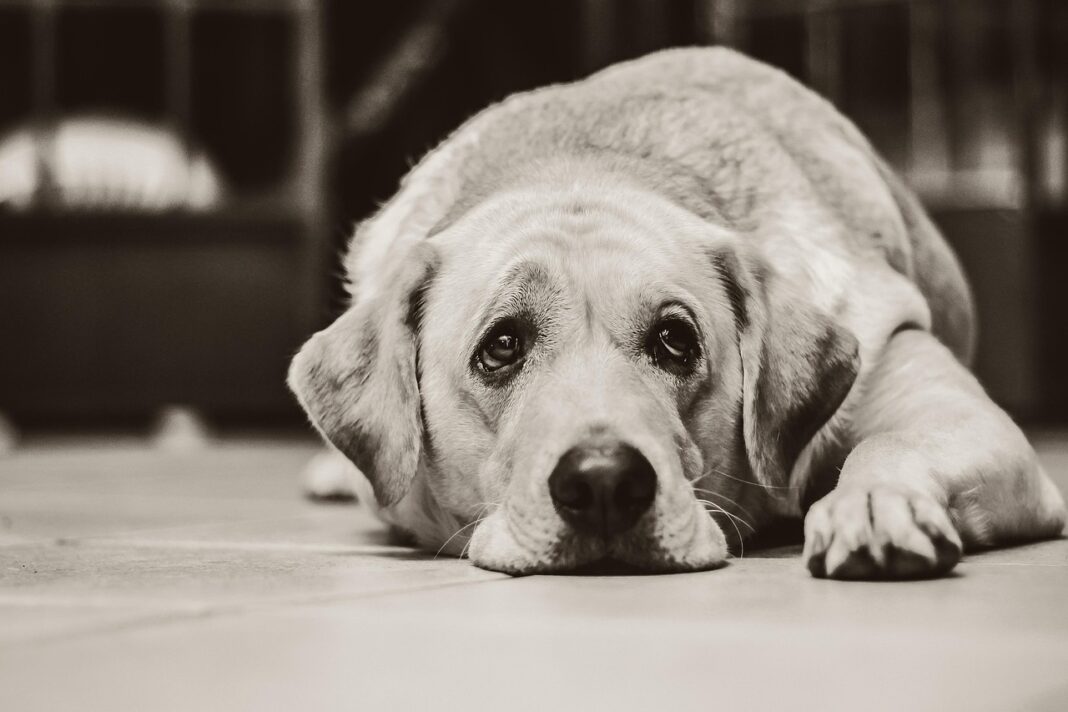Caring for our pets means ensuring their health and well-being. When they face injuries or illnesses, understanding pet rehabilitation can be a game-changer. This comprehensive guide walks you through the essentials of pet rehabilitation, from causes to treatment and prevention. Let’s dive in!
What is Pet Rehabilitation?
Pet rehabilitation refers to the therapies aimed at helping pets recover from injuries, surgeries, or illnesses. It encompasses a range of treatments designed to improve mobility, alleviate pain, and restore function in pets. Just like humans, pets can benefit immensely from tailored rehabilitation programs.
Common Causes of Need for Rehabilitation
Pets may require rehabilitation for several reasons, including:
-
- Injuries: Accidents or falls can lead to fractures, sprains, or torn ligaments.
-
- Surgery Recovery: Surgical procedures, especially orthopedic ones, often necessitate rehabilitation.
-
- Chronic Conditions: Conditions like arthritis can significantly affect mobility and quality of life.
-
- Neurological Issues: Disorders affecting the nervous system may require specialized rehabilitative care.
Recognizing Symptoms that Indicate the Need for Rehabilitation
Being aware of symptoms can help you identify when your pet may require rehabilitation. Common signs include:
-
- Limping or Favoring One Leg: This can indicate pain or discomfort.
-
- Decreased Activity Level: If your pet is less interested in playing or walking, it may be in pain.
-
- Stiffness: Difficulty in getting up or down, especially after resting, may signal mobility issues.
-
- Weight Gain: Reduced activity often leads to unwanted weight, further complicating recovery.
Diagnosis: How to Determine the Need for Rehabilitation
Diagnosis is a multi-step process that usually begins with a veterinary visit. Here’s what to expect:
-
- Physical Examination: Your vet will conduct a thorough physical exam, assessing range of motion and assessing pain levels.
- Imaging Tests: X-rays, MRIs, or CT scans may be employed to identify fractures, arthritis, or soft tissue injuries.
- Functional Assessment: Some vets will evaluate how your pet moves and performs everyday tasks to understand its condition better.
Treatment Options in Pet Rehabilitation
Once diagnosed, various treatment options can be tailored to your pet’s specific needs:
-
- Physical Therapy: Techniques such as range-of-motion exercises, stretching, and strengthening can help restore mobility. This might include underwater treadmill therapy or manual therapy.
-
- Acupuncture: This ancient practice can relieve pain and promote healing by stimulating specific points on the body.
-
- Laser Therapy: Cold laser therapy can help reduce inflammation, alleviate pain, and stimulate healing at the cellular level.
-
- Hydrotherapy: Water-based exercises can lessen the stress on joints and improve strength and endurance.
-
- Orthotic Devices: Custom braces or splints can provide support and stability to injured limbs, aiding in recovery.
Practical Tips for Home Care
After your pet begins rehabilitation, here are some practical tips to support their healing process at home:
-
- Create a Safe Space: Ensure your pet has a comfortable, quiet area to rest and recover.
-
- Controlled Exercise: Follow your vet’s advice on controlled, short exercise sessions to avoid overexertion.
-
- Monitor Diet: Maintain a balanced diet to help your pet manage weight and ensure proper nutrition during recovery.
-
- Massage Therapy: Gentle massage can alleviate tension and promote blood flow, aiding recovery.
-
- Stay Engaged: Keep your pet mentally stimulated with safe toys or interactive games to prevent boredom during recovery.
Preventing Future Injuries
Preventing injuries is essential for keeping pets healthy and happy. Here are some tips to minimize the risk:
-
- Regular Vet Check-ups: Routine examinations can catch health issues before they necessitate rehabilitation.
-
- Appropriate Exercise: Engage in regular play and exercise suited to your pet’s age and physical condition.
-
- Weight Management: Keeping an eye on your pet’s weight helps prevent strain on joints and reduces the risk of injuries.
-
- Safe Environment: Remove potential hazards at home, such as slippery floors or hazardous objects, to prevent accidents.
Conclusion
Pet rehabilitation is a vital aspect of ensuring that our furry companions lead healthy lives, especially after injury or surgery. Coupling professional treatment with attentive home care can significantly impact recovery and long-term wellness. Always consult your veterinarian for tailored advice specific to your pet’s needs and circumstances. Your dedication to your pet’s health is commendable, and understanding rehabilitation can provide them with a brighter, pain-free future.





